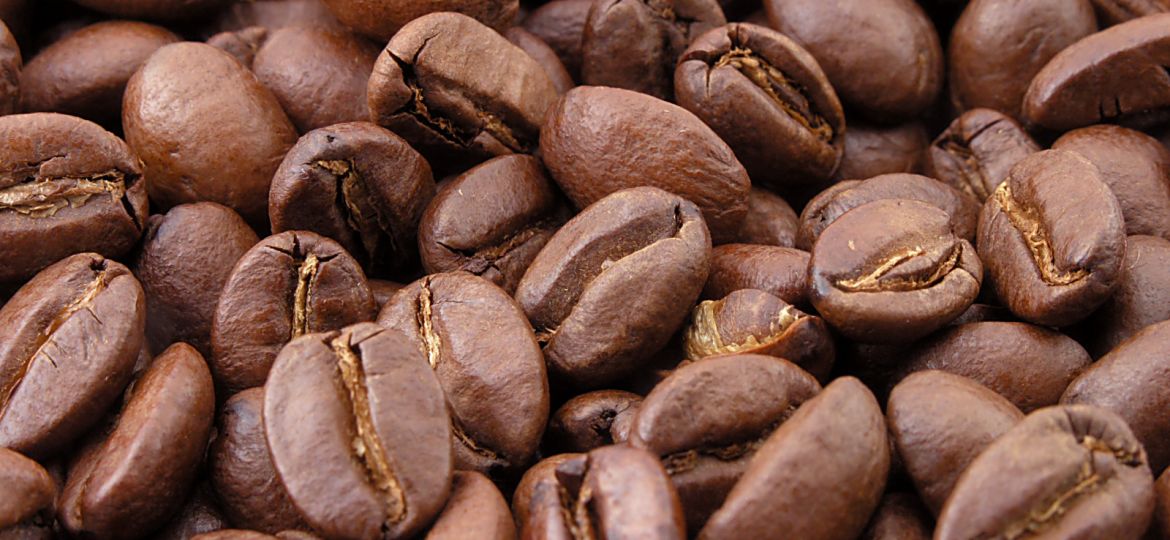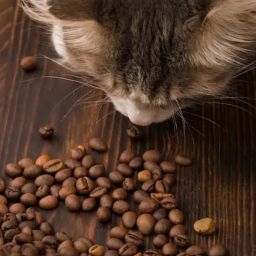
Cold brew coffee, distinguished by its brewing process that steeps coffee grounds in cold water for an extended period, has surged in popularity due to its smooth flavor and reduced acidity. Unlike traditional hot brewing methods, cold brew emphasizes a gentle extraction, resulting in a coffee that is both rich and easy on the stomach.
This method has not only captured the attention of coffee aficionados but has also become a staple in coffee shops worldwide, celebrated for its refreshing qualities and versatility in coffee-based beverages.
Importance of Choosing the Right Coffee Beans
The selection of coffee beans plays a pivotal role in crafting the perfect cold brew. Different beans can dramatically influence the taste, acidity, and strength of the final product. Opting for the right beans can enhance the natural sweetness and complex flavor profiles inherent in cold brew coffee, making the choice a critical step in the brewing process.
Understanding the characteristics of various beans ensures a tailored brewing experience, capable of catering to individual preferences and highlighting the unique qualities of the coffee.
Read more about Top Rated Drip Coffee Makers.
Understanding Coffee Beans
Types of Coffee Beans
The two primary coffee beans, Arabica and Robusta, offer distinct flavor profiles and characteristics. Arabica beans, known for their smooth and nuanced flavors, are preferred for their quality and complexity, often featuring hints of fruit and sugar, with higher acidity and less bitterness.
Robusta beans, on the other hand, are valued for their strong, robust flavor and higher caffeine content, often characterized by a more bitter and earthy taste. The choice between Arabica and Robusta beans affects not only the flavor but also the body and mouthfeel of the cold brew.
Roast Types for Cold Brew
Roast levels, ranging from light to dark, significantly impact the taste and aroma of cold brew coffee. Light roasts offer a milder coffee with higher acidity and pronounced fruity and floral notes, suitable for those who appreciate a tea-like delicacy.
Medium roasts provide a balanced flavor, with a harmonious blend of acidity and body, bringing out chocolate and caramel notes. Dark roasts, with their bold and smoky flavors, are ideal for a richer, more intense coffee experience, often with hints of bitterness and a fuller body, making them a popular choice for cold brew aficionados seeking depth and intensity.
Read more about Vietnamese Slow Drip Coffee.
Origin Matters
The origin of coffee beans influences their flavor profile, with beans from Africa, Latin America, and Indonesia offering a wide range of tastes due to differing soil, climate, and cultivation practices. African beans are celebrated for their floral and fruity notes, often with a bright acidity. Latin American beans typically exhibit a balance of sweetness and nuttiness, making them versatile for various coffee drinks.
Indonesian beans are renowned for their earthy, full-bodied flavors, with a distinct richness that can add complexity to cold brew coffee. The origin of the beans can guide the selection process, tailoring the cold brew to specific flavor preferences and enhancing the overall sensory experience.
Read more about Water Temperature For Drip Coffee.
Best Coffee Beans for Cold Brew
Recommended Coffee Beans for Cold Brew
Selecting the ideal coffee beans for cold brew is essential for achieving the perfect balance of flavor, aroma, and body. A variety of beans stand out for their suitability for cold brewing, each offering unique tasting notes and characteristics. For instance, beans with chocolate, nutty, or fruity profiles tend to excel in cold brew preparations.
Medium roasts from East Africa, known for their sweet, fruity, and floral notes, make for a refreshing cold brew. Similarly, dark roasts from Latin America and Indonesia, with their rich, earthy, and chocolate notes, provide a robust and satisfying drink. Specialty blends designed for cold brewing often combine beans from multiple origins to create a balanced and complex flavor profile ideal for cold extraction.
Specialty Blends for Cold Brew
Specialty blends crafted specifically for cold brew aim to minimize bitterness and acidity while maximizing smoothness and sweetness. These blends typically undergo longer roasting at lower temperatures to accentuate rich flavors without the harshness that hot brewing methods might extract.
Such blends may combine medium and dark roast beans from regions like Colombia, Ethiopia, and Brazil, offering a harmonious taste with notes of caramel, chocolate, and subtle fruitiness. These carefully curated blends provide a consistently enjoyable cold brew experience, appealing to a wide range of palates.
Read more about What Is Auto Drip Coffee.
Single Origin vs. Blends
The choice between single-origin beans and blends for cold brew depends on personal preference and the desired complexity of flavors. Single-origin beans, sourced from a specific region or farm, offer a unique opportunity to explore distinct taste profiles and the nuances of different growing conditions. They can highlight specific characteristics, such as floral, berry, or citrus notes, providing a more refined and singular flavor experience.
Blends, on the other hand, are designed to achieve a balanced and harmonious profile, combining beans from various origins to enhance complexity and consistency. While single origins can offer a more distinct and potentially enlightening experience, blends ensure a reliable and well-rounded cup every time.
Brewing Tips for the Perfect Cold Brew
The grind size and brewing time are critical factors in making a perfect cold brew. A coarse grind is recommended for cold brew to prevent over-extraction and bitterness, allowing for a smooth, clean cup. The ideal grind size resembles coarse sea salt, ensuring optimal water flow and extraction during the steeping process.
As for brewing time, a range of 12 to 24 hours is generally advised, depending on the desired strength. A longer brew time will result in a stronger, more concentrated coffee. The ratio of coffee to water should also be considered, with a common starting point being 1:8, adjustable according to taste preferences. Experimenting with these variables will help refine your cold brew method, leading to your perfect cup.
Read more about What Is Drip Grind Coffee.
FAQs
Frequently Asked Questions
What type of coffee beans are best for cold brew? For cold brew, beans with a balanced, sweet, or chocolatey profile are ideal. Medium roasts provide a nice balance of flavor, while dark roasts offer a richer, more robust taste. Single-origin beans from East Africa are known for their fruity and floral notes, whereas blends can offer a consistent and complex flavor.
Does grind size matter for cold brew? Yes, grind size significantly impacts the extraction process. A coarse grind is recommended for cold brew to ensure a smooth taste and prevent over-extraction, which can lead to bitterness. The ideal grind size resembles coarse sea salt.
How long should cold brew steep? Cold brew should steep for 12 to 24 hours, depending on your taste preference. A longer steeping time will result in a stronger and more concentrated brew. Adjust the steeping time to find your perfect balance.
Can I reuse coffee grounds for cold brew? While it’s possible to reuse coffee grounds, the second batch will be significantly weaker and may not offer the same depth of flavor as the first. It’s recommended to use fresh grounds for each batch to ensure the best quality and taste.
How should cold brew be stored? Cold brew coffee should be stored in an airtight container in the refrigerator. It can be kept for up to two weeks without significant loss of flavor, but it’s best consumed within the first week for optimal freshness and taste.
Final Thoughts
Choosing the right type of coffee beans, roast, and origin is crucial for crafting an exceptional cold brew coffee. Whether you prefer the bright, fruity notes of an African single-origin or the rich, complex flavors of a well-balanced blend, the selection of beans can significantly enhance your cold brew experience.
Experimentation is key in the world of cold brew, not just with different beans but also with grind sizes, brewing times, and ratios. By exploring various combinations, you can discover a cold brew that perfectly matches your taste preferences, offering a refreshing and personalized coffee experience. Encouragement to experiment and explore the vast world of coffee will lead you to find your perfect cup of cold brew.









